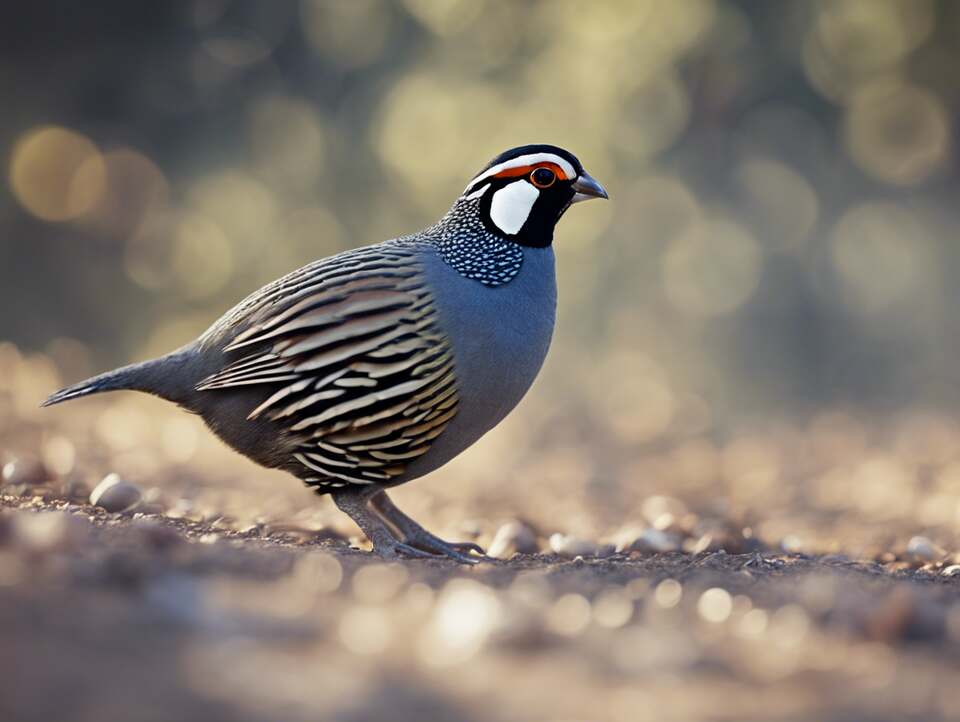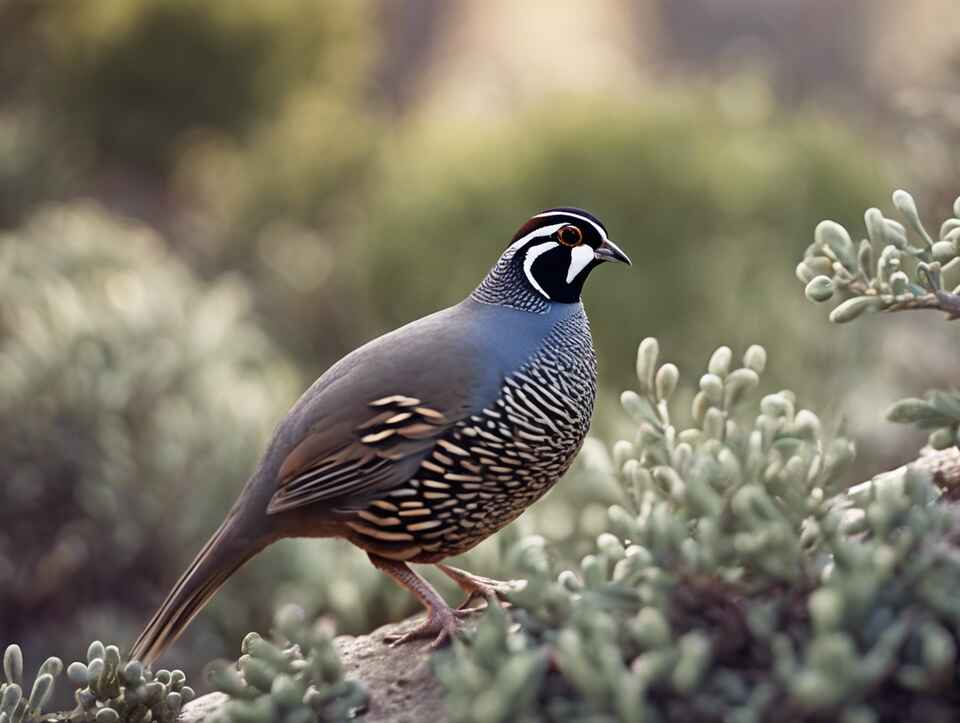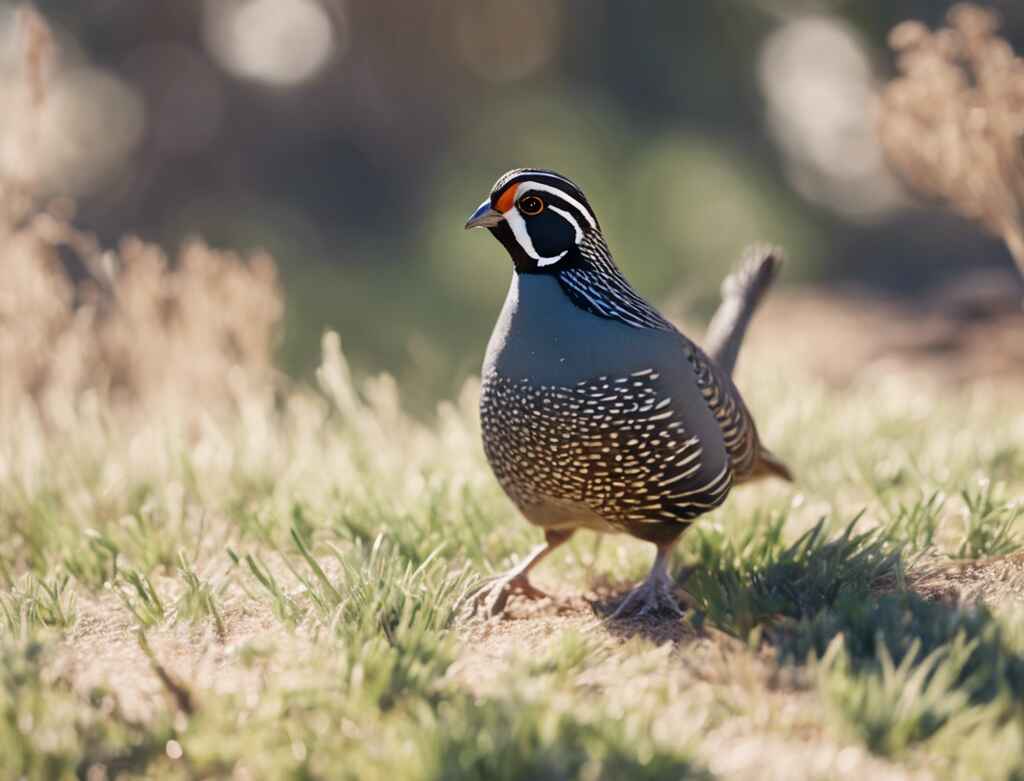The California Valley Quail, a charismatic little bird, has long been revered as the official state bird of California. This distinctive species, with its recognizable plumage and lively behavior, has captured the hearts of birdwatchers and nature enthusiasts alike.
As we dive into the captivating world of the California Valley Quail, we’ll explore its unique characteristics, its cultural significance, and the fascinating role it plays in the state’s diverse ecosystem.
Table of Contents
California State Bird Selection Process
The California quail attained the esteemed position of the official state bird of California in 1931 following a state-wide, albeit informal, poll during the late 1920s. Spearheaded by the California Audubon Society in 1928, the initiative sought to designate a state bird. Notable contenders included the California condor alongside the California quail.
Ultimately, the California quail emerged triumphant, securing 61,559 votes out of a total 135,299 ballots cast, while the California condor garnered 2,522 votes, placing eighth. This decision stemmed from the quail’s widespread popularity and recognition across California, earning it the status of a cherished and emblematic species. Furthermore, its designation as the state bird was influenced by its protected status and native breeding grounds within California, distinguishing it from the threatened California condor.
Renowned for its adaptability and prevalence throughout California’s diverse landscapes, ranging from chaparral and oak woodlands to suburban environs, the California quail epitomizes the state’s rich biodiversity. Its distinct appearance, communal behavior, and signature “chi-ca-go” call contribute to its iconic status as a symbol of California.
In essence, the California quail’s democratic selection as the official state bird in 1931 underscores its significance as a revered, protected, and quintessential representative of California’s natural heritage.

The California Quail: The Iconic State Bird
Recognizing the Iconic Appearance of the California Valley Quail
One of the most striking features of the California Valley Quail is its distinctive appearance. These compact birds, measuring around 10 inches in length, boast a unique head plume that resembles a forward-curving topknot. This distinguishing crest, coupled with their sleek, rounded bodies and bold patterning, make them instantly recognizable.
The males sport a striking black throat and white-bordered face, while the females display more muted tones of brown and gray. Their compact build and short, rounded wings allow them to navigate the dense underbrush with ease, making them a captivating sight to behold.
Exploring the Vibrant Habitat and Behaviors of the California Valley Quail
The California Valley Quail thrives in the diverse landscapes of the Golden State, inhabiting a range that extends from the coastal regions to the foothills and canyons of the Sierra Nevada mountains. These resilient birds have adapted to a variety of habitats, including chaparral, oak woodlands, and even suburban areas. Their ability to coexist with human populations has contributed to their enduring presence in the state.
The social nature of the California Valley Quail is a delight to witness. They typically travel in tight-knit coveys, with the males taking the lead and the females and young birds following closely behind. These coordinated groups exhibit a remarkable level of communication, using a series of distinct calls to maintain contact and alert one another to potential threats. Their energetic scurrying and frequent dusting baths in the dirt add to the charm of these charismatic birds.
Recognizing the Cultural Significance of the California Valley Quail
The California Valley Quail holds a special place in the state’s cultural heritage. Its prominence as the official state bird, officially designated in 1931, is a testament to the deep appreciation and reverence that Californians hold for this iconic species. Beyond its official status, the quail has long been woven into the fabric of the state’s history and folklore.
In Native American communities, the California Valley Quail has been revered for its symbolic significance. Some tribes have incorporated the bird’s feathers into ceremonial regalia, while others have featured the quail in their traditional stories and legends. This deep cultural connection underscores the enduring significance of the California Valley Quail in the lives of the state’s indigenous peoples.
Conserving the Future of the California Valley Quail
Despite the California Valley Quail’s widespread presence and cultural prominence, the species faces a number of challenges in the modern era. Habitat loss and fragmentation, due to urbanization and land-use changes, pose a significant threat to the quail’s long-term survival. Additionally, the introduction of non-native predators, such as feral cats and raccoons, can put additional pressure on local quail populations.
Fortunately, conservation efforts are underway to protect the California Valley Quail and its habitat. Organizations and government agencies are working to restore and manage critical quail habitats, ensuring that these charismatic birds continue to thrive for generations to come. Additionally, educational initiatives and public outreach programs aim to raise awareness about the importance of the California Valley Quail and the steps we can all take to safeguard its future.
As we celebrate the enduring legacy of the California Valley Quail, we are reminded of the deep connections between the state’s natural wonders and its cultural heritage. This iconic bird, with its captivating appearance and vibrant behaviors, continues to captivate and inspire the people of California, serving as a symbol of the state’s rich biodiversity and the importance of preserving our natural treasures.

Unique Traits and Behaviors of the California Valley Quail
Intriguing Attributes and Behaviors of the California Valley Quail
The California Valley Quail, a beloved avian resident of the Golden State, is known for its captivating traits and fascinating behaviors that make it a true standout among the diverse bird species found in the region. As the official state bird of California, this charming quail has captured the hearts of birdwatchers, nature enthusiasts, and outdoor enthusiasts alike.
Distinctive Appearance and Plumage
One of the most striking features of the California Valley Quail is its distinctive appearance. The male birds boast a striking black and white head plume, often referred to as a “topknot,” which they can raise and lower to express their mood and intent. Their bodies are adorned with a beautiful pattern of brown, black, and white feathers, creating a visually stunning contrast. Females, on the other hand, have a more subdued appearance, with a grayish-brown plumage and a shorter head plume.
Cooperative Living and Social Behaviors
The California Valley Quail is known for its highly social and cooperative nature. These birds often live in coveys, or groups, that can range from a few individuals to well over a hundred. Within these coveys, the quail exhibit a remarkable level of coordination and cohesion, with each member playing a specific role in the group’s activities. From foraging and roosting to predator detection and defense, the quail work together seamlessly to ensure the well-being of the entire covey.
Unique Vocalizations and Communication
The California Valley Quail is also renowned for its diverse and captivating vocalizations. Their distinctive calls, which can be described as a rapid succession of high-pitched “ka-ka-ka” sounds, are often the first indication of their presence in an area. These calls serve multiple purposes, including maintaining contact within the covey, warning of potential threats, and even coordinating the group’s movements and activities.
Adaptable Foraging Strategies
The California Valley Quail is a versatile forager, capable of thriving in a variety of habitats. These birds are primarily granivorous, feeding on a diverse array of seeds, grains, and berries. However, they also supplement their diet with insects, providing them with valuable protein and other essential nutrients. Their foraging strategies are remarkably efficient, with the quail often working together to locate and access food sources.
Resilience and Adaptability
Despite the challenges posed by habitat loss, urbanization, and other environmental pressures, the California Valley Quail has demonstrated remarkable resilience and adaptability. These birds have the ability to thrive in a wide range of environments, from dense chaparral and oak woodlands to suburban and urban areas. Their adaptability has allowed them to maintain a stable population and continue to captivate and delight those who are fortunate enough to witness their presence.
The California Valley Quail is a true treasure of the state of California. Its unique traits, fascinating behaviors, and enduring presence in the region make it a beloved symbol of the state’s natural heritage. By understanding and appreciating the wonders of this remarkable bird, we can better appreciate the rich biodiversity that California has to offer and work towards the conservation of its wildlife.
Conclusion
California is renowned for its natural beauty, from towering redwoods to sun-kissed beaches. Among its many treasures is the California Valley Quail, designated as the official state bird in 1931. Adorned with a distinctive plumage and captivating behaviors, the quail has captured the hearts of Californians for generations.
Unique Traits and Behaviors:
The California Valley Quail boasts a mottled plumage and distinctive head plume, or “topknot,” used for communication. These social birds form tight-knit coveys, displaying adaptability in various habitats and contributing to ecosystem health. Their call and head-bobbing behaviors serve as vital communication tools within the flock.
Importance and Conservation:
Beyond its symbolic significance, the California Valley Quail plays a crucial role in the ecosystem as prey and seed dispersers. Conservation efforts, including habitat protection and bird-friendly landscaping, are essential for ensuring the species’ survival amidst habitat loss and urbanization.
Appreciating California’s Wildlife:
As Californians, we cherish the California Valley Quail as a symbol of our state’s rich wildlife. By safeguarding its habitat and promoting coexistence, we ensure future generations can marvel at this iconic bird and cherish the natural heritage of the Golden State.


